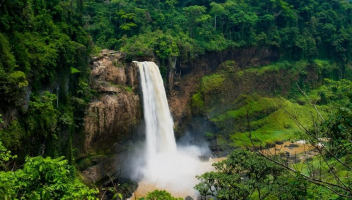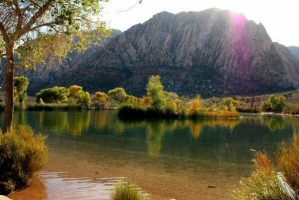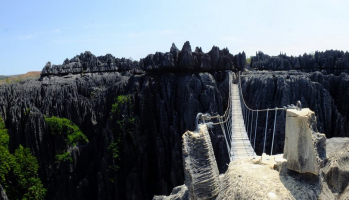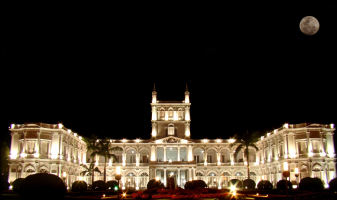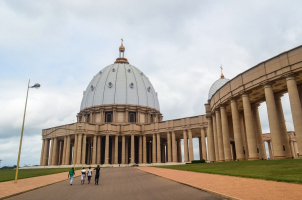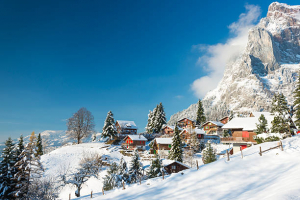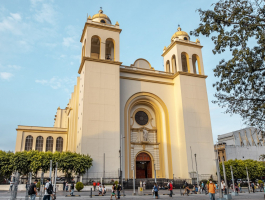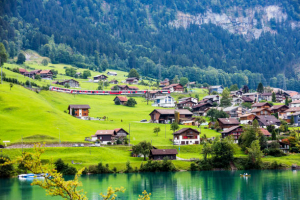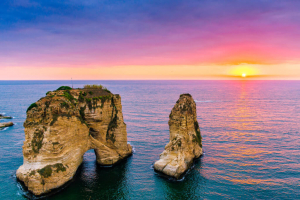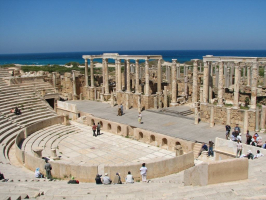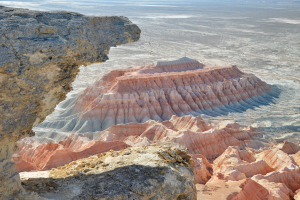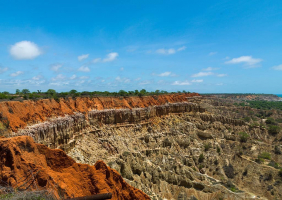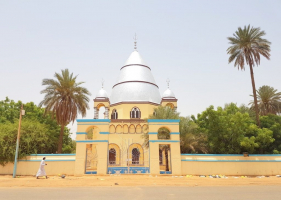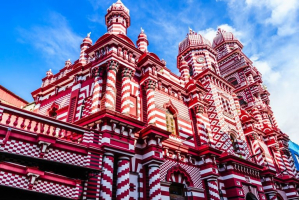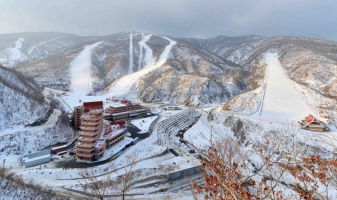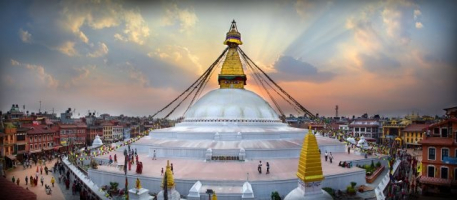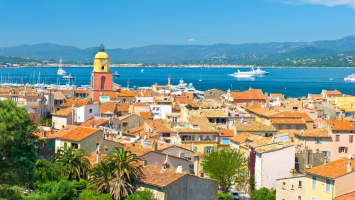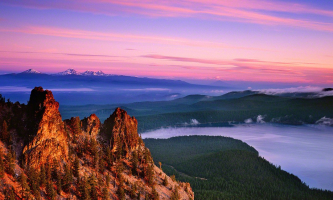Top 10 Best Places to Visit in Amman
Amman is a charming city, much like any other city on the globe. Despite its small size, Amman has many top attractions that will tempt you to stay a while ... read more...before travelling to Petra and Wadi Rum. Although the capital is still quite new, you're bound to be drawn to its intriguing mix of ancient ruins and contemporary culture. You'll want to remain if you combine these factors with the laid-back attitude and the welcoming inhabitants. Here is the list of the best places to visit in Amman.
-
The Royal Tank Museum, located next to the King Abdullah II Park in Al-Mugableen, was established in 2007 upon King Abdullah's directives. It has close to 20,000 sq. m of exhibition space, divided into thirteen halls showcasing hundreds of light and heavy military items placed in their historical chronological order "for dramatic impact". In the Royal Tank Museum, each hall presents a different perspective of machinery and scenery and features around 110 tanks, many of which were historical and used in Jordan's past wars and battles.
Jordan’s Royal Tank Museum is also a good collection of armoured vehicles in a historical setting, but it falls short of a systemic approach and completely fails to address the bigger picture of war and its consequences. Interactive storytelling exhibition tools are available for you to use for a great experience. The Royal Tank Museum sits on a large plot of land with plenty of space. In addition, the museum also sells many models for visitors to buy as souvenirs.Location: King Abdullah II Park, Al-Mugabalein, Amman
Website: https://rtm.jo/
Tel: 962 6 438 1881
Hour: 10:00 AM - 17:00 PM
Google Rating: 4.7/5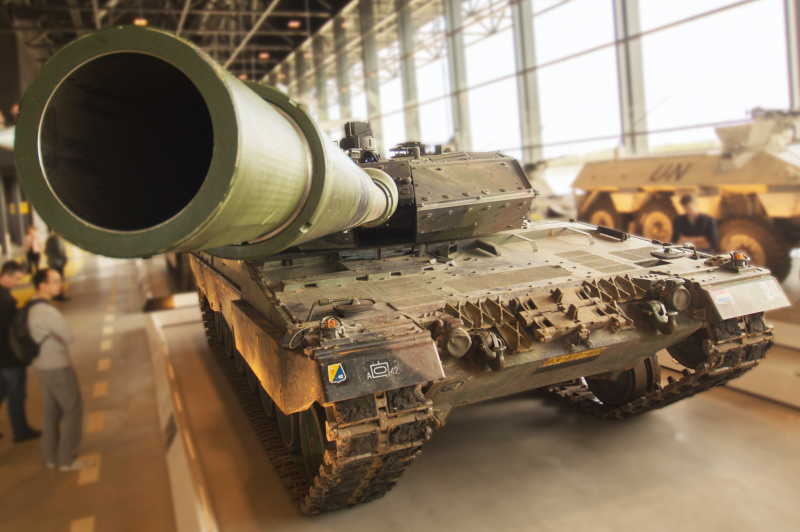
Image by Skitterphoto via pexels.com 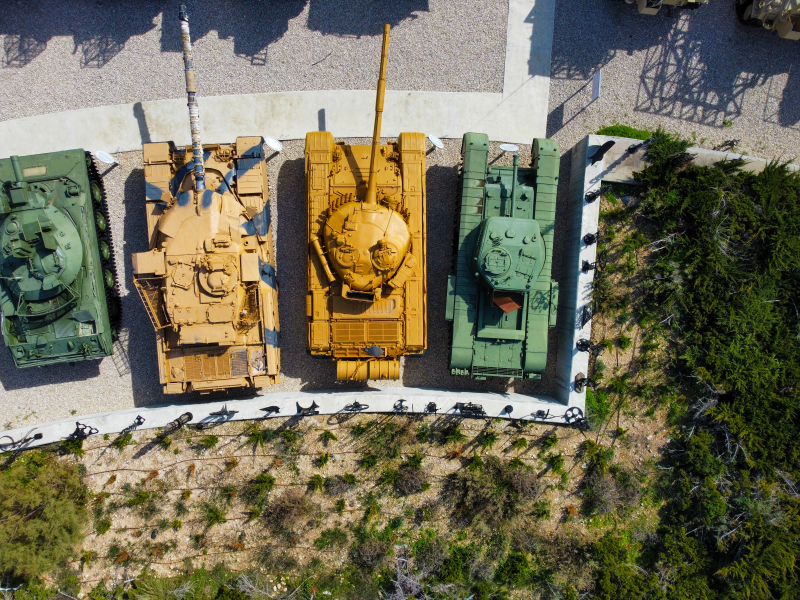
Image by Lio Voo via pexels.com -
Whether you're a die-hard car enthusiast or you have a passion for road trips, you'll find it easy to enjoy the Royal Automobile Museum in the northern suburbs of Amman. Established in 2003, the relatively young museum showcases former King of Jordan Hussein bin Talal's rare cavalcade of cars and other vehicles from around the world. Standing in pristine condition, each vehicle tells a unique story along the late King's life timeline.
Inside, the Royal Automobile Museum displays 80 cars and motorcycles, some dating back to 1909. It showcases a rare collection of Jordan’s vehicles ranging from Hussein bin Ali’s cars that came to Amman in 1916 to modern sports cars. Outside, the Royal Automobile Museum also displays the Mars rover from the 2015 film The Martian, which was filmed in Wadi Rum. The rover was gifted to Jordan in return for the hospitality which Jordan extended to the movie cast and crew.
Location: Al Hussein Public Parks, Amman
Facebook: https://www.facebook.com/TheRoyalAutomobileMuseumJordan/
Tel: 962 6 541 1392
Hour: 9:00 AM - 19:00 PM
Google Rating: 4.7/5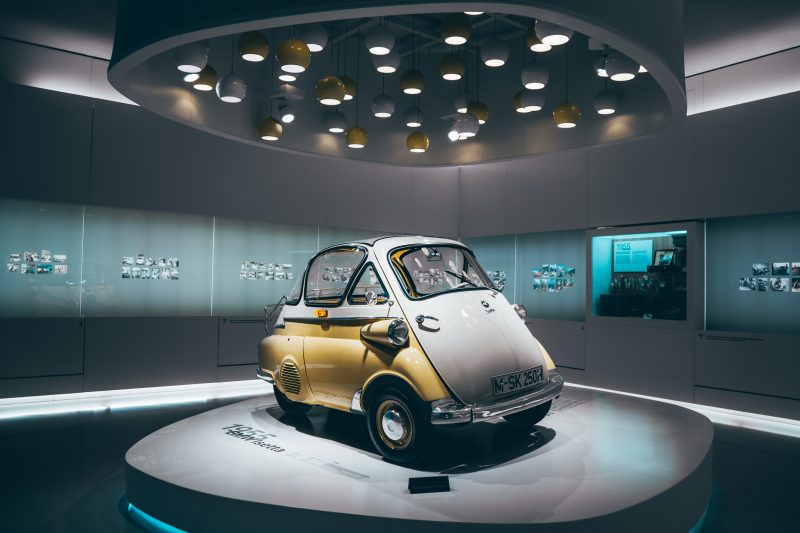
Image by Maria Geller via pexels.com 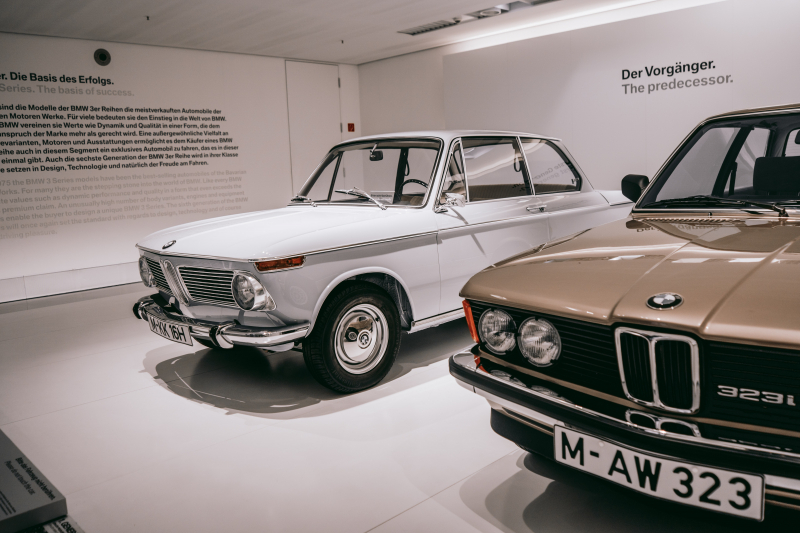
Image by Charlotte May via pexels.com -
Grand Husseini Mosque is one of the oldest mosques in Amman that was built by the second Caliph around 640 AD. It has been the nexus of the capital’s downtown area and an important gathering place for people of all walks of life. On the 22nd of July 2019, Jordan’s King Abdullah II bin Al-Husseini ordered the restoration of Al Husseini Mosque in Amman after the second floor of the mosque was engulfed by a fire at that time.
The Grand Husseini Mosque was completed in 1924, and the King decided to name the new mosque after his late father, Sharif Hussein, the leader of the Great Arab Revolt. The mosque comprised a prayer hall, a courtyard and a domed fountain for worshipers to perform ablution, decorated with Koranic verses rendered in mosaics. One minaret was built in 1924, standing 13 metres tall, and a second minaret of matching size was added in 1952. Currently, the mosque has an area of 2,000 square metres and accommodates up to 2,600 worshipers.
For older residents of downtown Amman, Grand Mosque is the setting of many memories of a time when life was simpler, its pace slower and the capital smaller. For their posterity, they hope, it will at least remain a symbol of the history of their city and their country, and a place where Jordanians, rich and poor, can meet as equals in prayer. Besides, tourists may be able to enter if dressed appropriately. Near this mosque are two famous souqs: Souq Bukharia and Souq Al-Sukar.Location: Amman, Jordan
Website: https://jordan-travel.com/grand-husseini-mosque/
Tel: 962 6 461 4101
Hour: 4:00 AM - 22:00 PM
Google Rating: 4.7/5
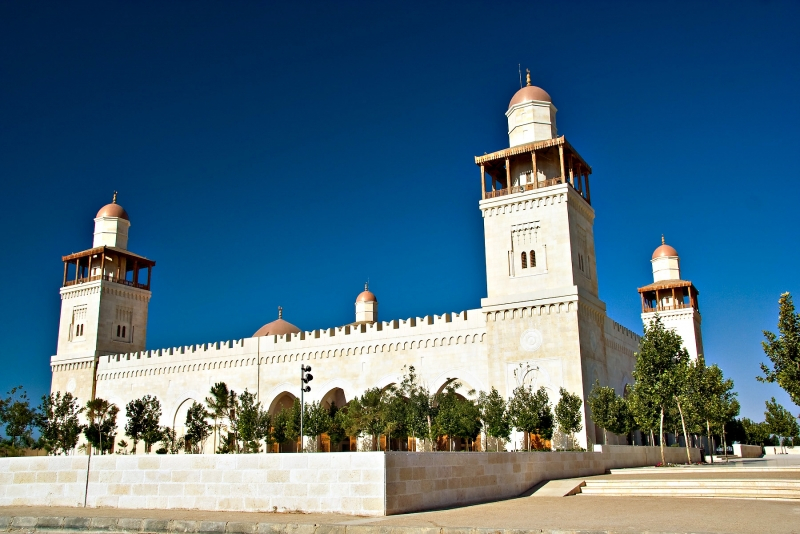
Image by Sami TÜRK via pexels.com 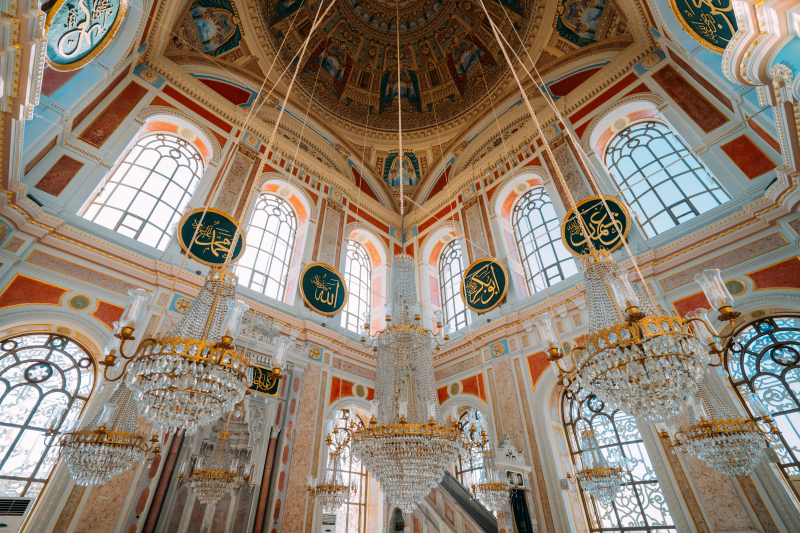
Image by Taha Yasir Yöney via pexels.com -
Roman Temple of Hercules is situated at the peak of Citadel Hill, which lets you witness an incredible panoramic view of Amman city and a romantic sunset. It’s still unclear how and why the statue of Hercules was destroyed. The temple is among the most significant places to go in Amman for those who would love to explore Amman’s past. Hercules was the son of Zeus and a mortal woman and was known for his supernatural physical strength.
The Temple of Hercules is circular in layout, with 20 Corinthian columns orbiting a central cylindrical stone block. It is said to be where Hercules rested after his tenth labour. The building became affiliated with Christianity in 1140 when Innocent III converted it into a church dedicated to San Stefano. Its famed slender columns extend directly upwards, creating a lofty appearance. The fluted column shafts are topped by beautifully rendered Corinthian carvings, articulated acanthus leaves, carved stalks or cauliculi, and curling volutes that contrast light and shadow.The marble components of the Hercules Temple have endured considerable deterioration over two millennia. When the structure was included on the 1996 World Monuments Watch, its columns had tilted at a severe angle. There was a substantial loss of material around the joints of the blocks that compose each column—especially along the marble’s natural veins—which greatly increased the risk of their movement or collapse. The tuff blocks of the podium, on which the Hercules Temple’s fragile columns rest, had also undergone advanced erosion.
Location: Museum St 132, Amman, Jordan
Website: https://universes.art/en/art-destinations/jordan/amman/tours/citadel/hercules-temple-1
Tel: 962 7 8508 5912
Hour: 8:00 AM - 19:00 PM
Google Rating: 4.6/5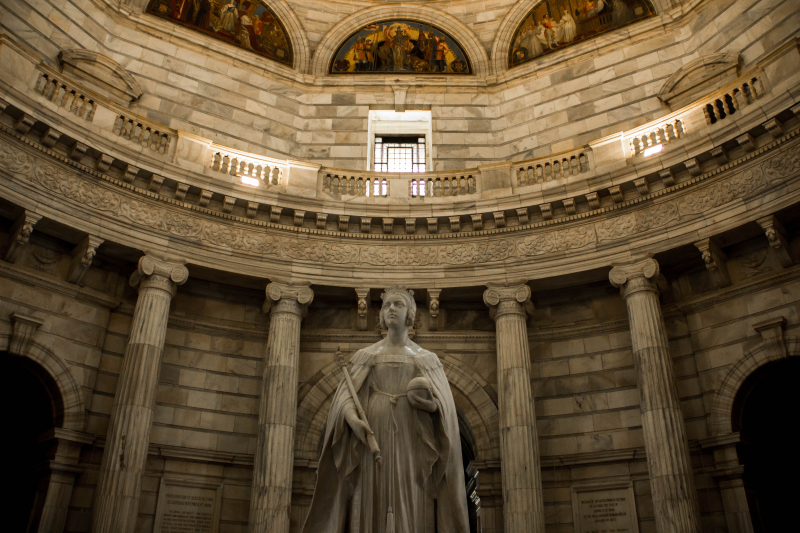
Image by Setu Chhaya via pexels.com 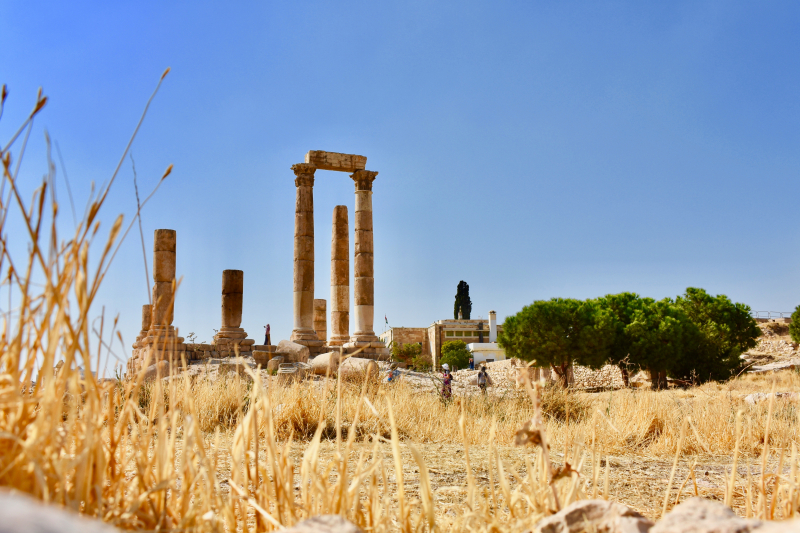
Image by Edneil Jocusol via pexels.com -
Completed in 1989 as a memorial by the late King Hussein to his grandfather, King Abdullah I Mosque is the only mosque in Amman that openly welcomes non-Muslim visitors. Women will have to cover their heads before getting in – head-dress is available at the entrance of the King Abdullah I Mosque. Modest clothing is necessary – you’ll have to cover your arms, legs, chest and back. Abayas are available as well. All visitors need to remove their shoes before entering.
King Abdullah I Mosque has a small collection of photographs, and personal effects of King Abdullah I. Shards of ancient pottery are also on display together with coins and stone engravings. The nave with an area of 1,615 m2 has the capacity to house 3,000 worshippers. In the King Abdullah I Mosque, the suspended chandelier of 168 lanterns consists of three circles with the Holy Quranic Verse. All the walls, including the Kiblah, the pulpit, and the Mihrab are panelled with wooden and marble oriels.Location: Amman, Jordan
Website: https://jordan-travel.com/king-abdullah-i-mosque/
Tel: 962 7 9806 2939
Hour: 3:20 AM - 22:00 PM
Google Rating: 4.6/5
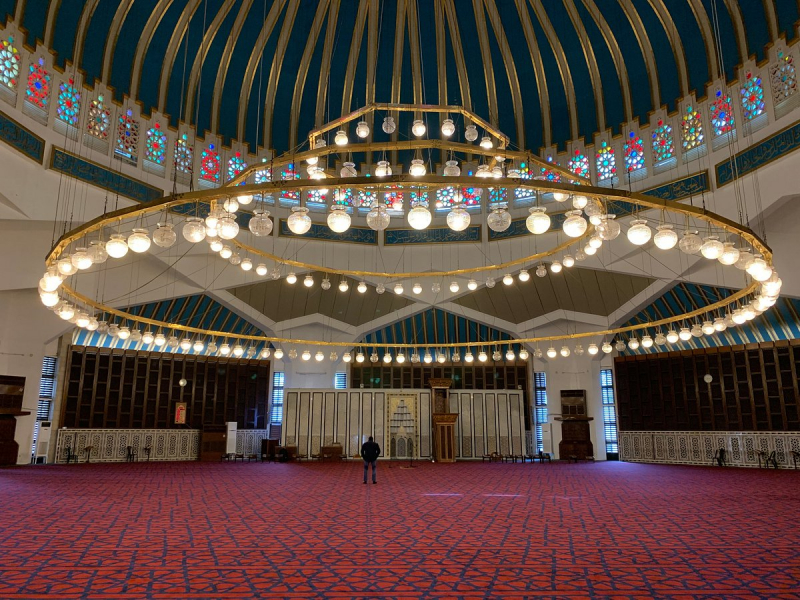
Image by Maria Geller via pexels.com 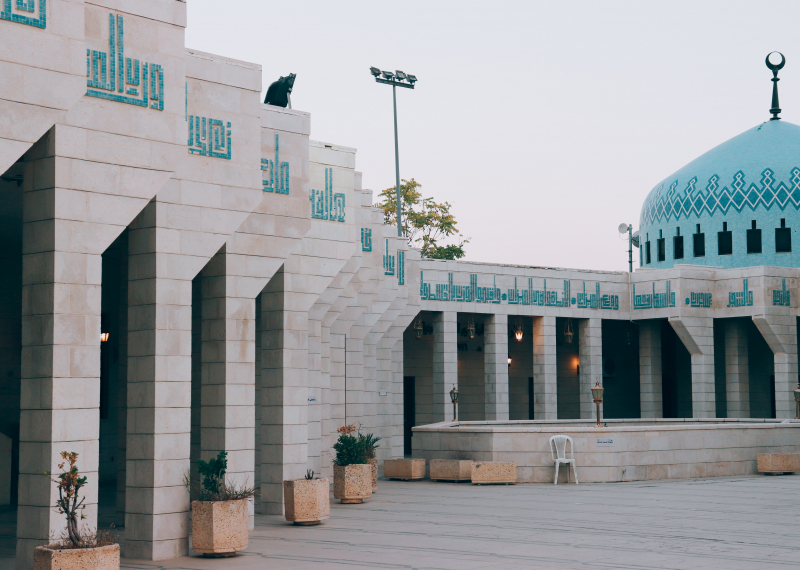
Image by Maria Geller via pexels.com -
Roman Theatre is the most impressive monument of old Philadelphia, as Amman was known when it was part the Roman Decapolis, the cities network on the frontier of the Roman Empire in the southeastern Levant. It was built in the period 138-161 CE, which dates back to the reign of Roman emperor Antoninus Pius. The government of Jordan started restoring the theatre in 1957. Today, the Roman Theater hosts some of Amman's most important cultural events, including summer concerts and plays.
The Roman Theater faces north to protect the audiences from the sun. About 100 m wide, the stage building was probably three storeys high. The wooden stage elevates 1.5 meters from the the chorus performance space, the orchestra, which has a radius of 13 meters. In addition, halls on both sides of the stage house two small heritage museums: The Folklore Museum and the Museum of Popular Traditions. The row of columns in front of the Roman Theatre is what remains of the colonnades which flanked the Roman Forum, a public square once among the largest of the Empire.
Location: Taha Al Hashemi, Amman, Jordan
Website: https://roman-amphitheater.blogspot.com/
Tel: 962 7 9635 8199
Hour: 8:00 AM - 20:00 PM
Google Rating: 4.5/5
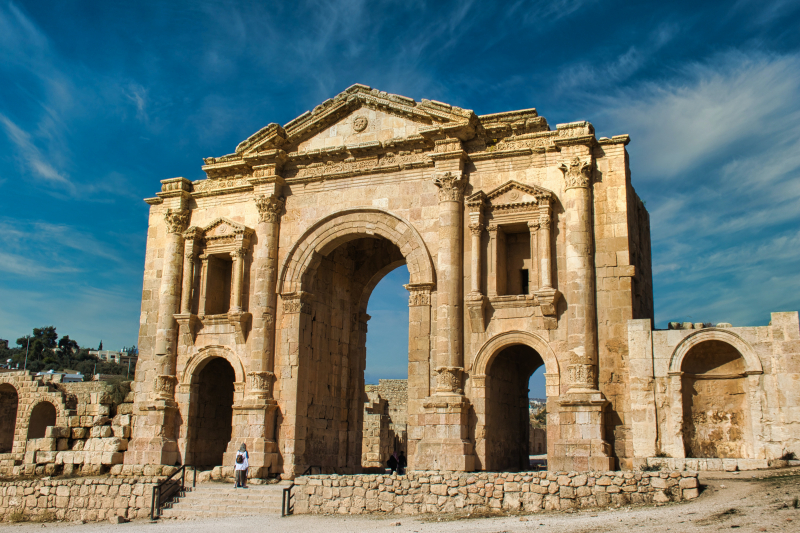
Image by Hisham Zayadneh via pexels.com 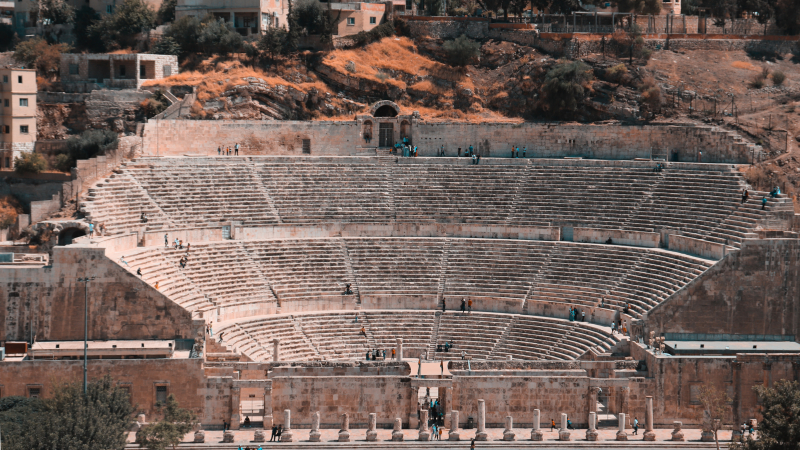
Image by heba alwahsh via pexels.com -
Known locally as Jebel al-Qal’a, The Amman Citadel boasts the remains of a Roman temple, an Umayyad palace, and several other features of historical interest. This citadel dates back to the Bronze Age; throughout a near-4,000-year history, it’s been occupied by the Byzantines, Persians, Romans and Greeks. This makes Amman Citadel the cultural heart of the city: a rich convergence of architectural wonders.
An inscription dates the Amman Citadel’s construction to the term of the Roman governor Geminius Marcianus. The restored columns and bases notably stood only at the front of the temple, measuring 13.5 meters tall. The ancient architects, and modern restoration team, had to stack five or six-column drums, each weighing up to 11 tons, to create or re-create each column. The Amman Temple rose from a podium 43 by 27 meters, somewhat less than half the size of a soccer field.
Nearby, you can see a large, smooth stone sculpture of three bent fingers. The humanizing fragment was once part of a colossal statue of Hercules, which experts believe may have stood more than 12 meters tall. Also, you can visit Umayyad Palace – an eighth-century royal complex with a restored, domed entrance chamber – and the Jordan Archaeological Museum, which houses 6,000-year-old statues and one of the legendary Dead Sea Scrolls.Location: K. Ali Ben Al-Hussein St, Amman, Jordan
Website: https://www.touristjordan.com/amman-citadel/
Tel: 962 6 463 8795
Hour: Open all hours
Google Rating: 4.5/5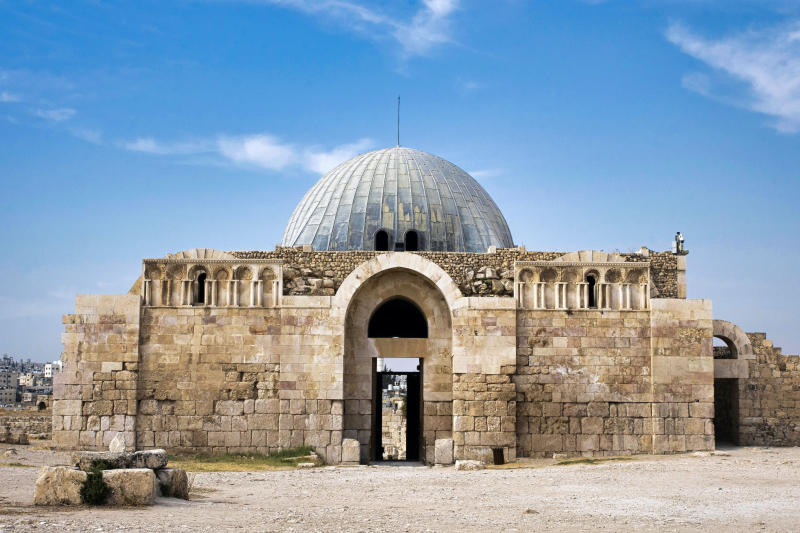
Image by Hisham Zayadneh via pexels.com 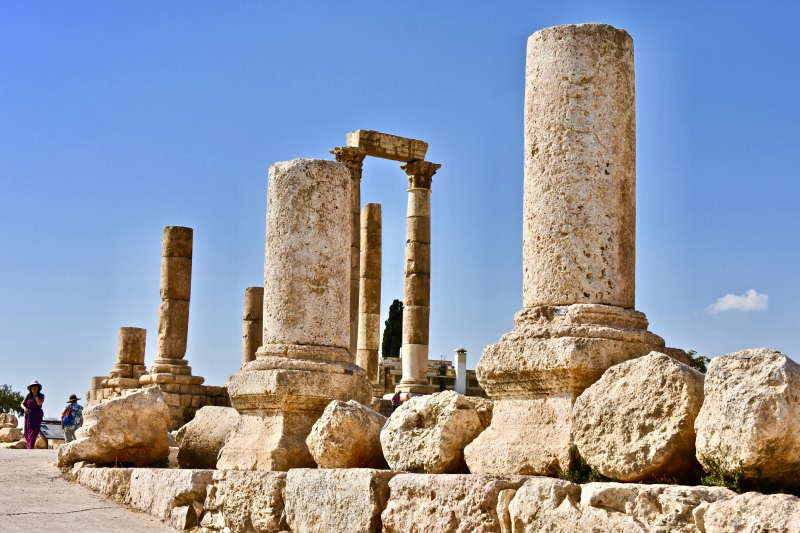
Image by Edneil Jocusol via pexels.com -
Found near the Amman Citadel, Jordan Museum is situated in downtown Amman in the area of Rasl Ayn. The museum is part of a project that was led by Queen Rania Al-Abdullah, and she continues to sit as one of the governing Board of Trustees for the museum. The Jordan Museum serves as a comprehensive national centre for learning and knowledge that reflects Jordan’s history and culture in an engaging yet educational way. Special rates are offered for students, and people with disabilities are offered free entrance.
In the Jordan Museum, several historical artefacts highlighted in the museum include the oldest human statues in human civilization, dating back to 7500 BC, ‘Ain Ghazal statues are a marvel. Additionally, the Dead Sea scrolls are housed in the Jordan Museum, which includes the only copper scroll. The most impressive items on display include 1.5-million-year-old animal bones and the Copper Scroll from the Dead Sea Scrolls. Nowhere else in Amman gives tourists such an accessible, detailed glimpse at the heritage of Jordan.Location: Ali Ben Abi Taleb Street, Amman
Website: https://www.jordanmuseum.jo/en
Tel: 962 6 462 9317
Hour: 9:00 AM - 17:00 PM
Google Rating: 4.5/5
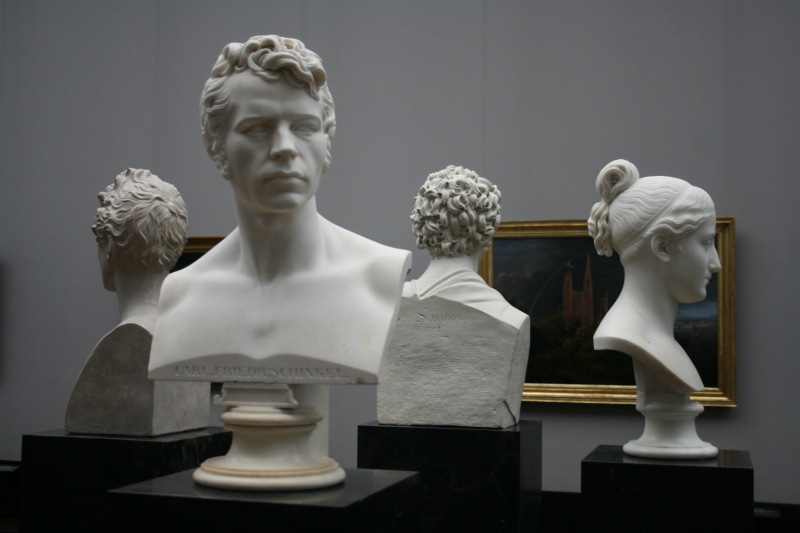
Image by judit agusti aranda via pexels.com 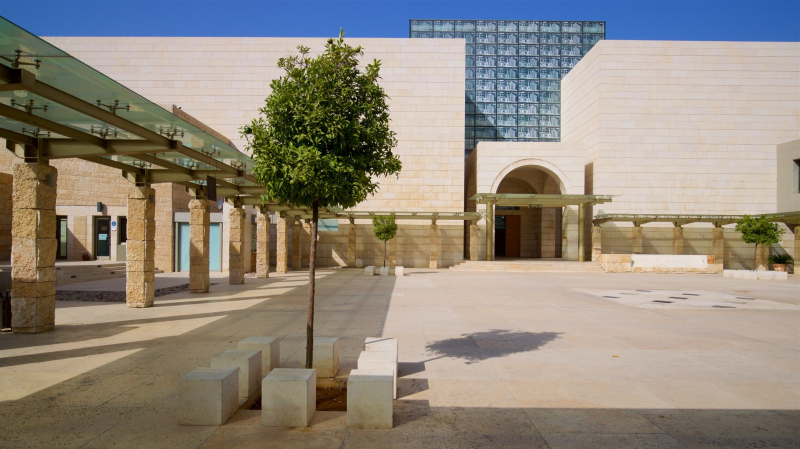
Image by Shvets Anna via pexels.com -
If you want to see what Middle Eastern art is all about, head to the Jordan National Gallery of Fine Arts. The small but mighty museum showcases work worldwide, with particular attention to Jordan and its surrounding region. The Jordan National Gallery of Fine Arts is open from 9:00 am to 17:00 pm on Saturdays. This gallery is closed in August and during public holidays. During Ramadan, it closes at 15:00 pm.
In the Jordan National Gallery of Fine Arts, it is signposted from Suleiman Al Nabulsi St, opposite the King Abdullah Mosque. The permanent collection contains more than 3,000 works, including paintings, multimedia creations, photography, weaving, and sculptures, and represents artists from more than 70 countries. In addition to beautiful displays of art, the Jordan National Gallery also hosts a range of events, including lectures, seminars, and workshops that teach visitors how to create their own masterpieces using techniques from featured artists.Location: Hosni Fareez Street, Al-Luwaibdeh, Amman
Website: https://nationalgallery.org/
Tel: 962 6 463 0128
Hour: 9:00 AM - 17:00 PM
Google Rating: 4.4/5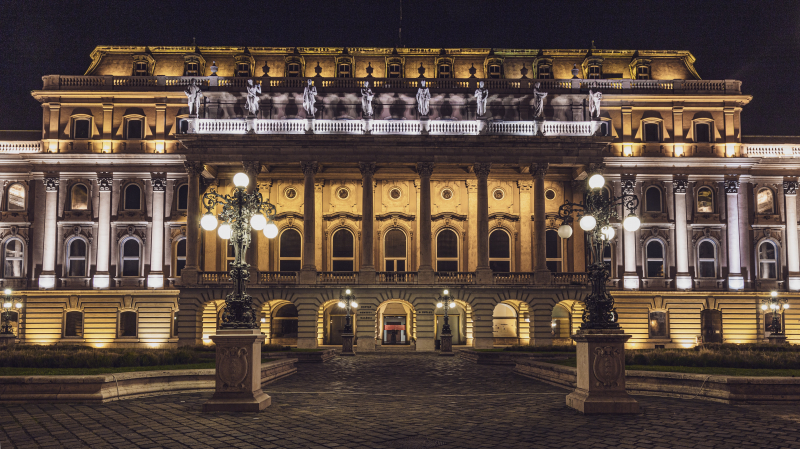
Image by Charlotte May via pexels.com 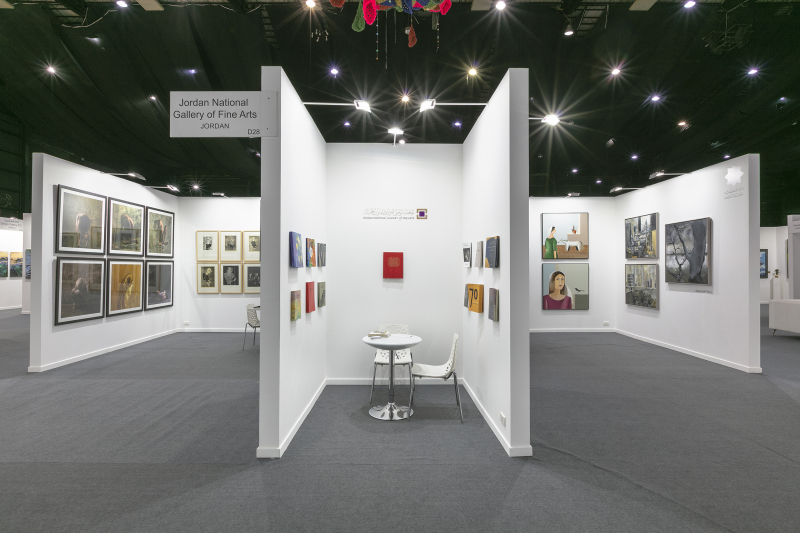
Image by Elie Bekhazi via pexels.com -
One of the things to do in Amman that you really should not miss is a walk along Rainbow Street. Originally, it named Abu Bakr al Siddiq street, is a public space in the historic area of Jabal Amman, near the centre of downtown Amman, Jordan lovely street is lined with Ottoman architecture, and street art abounds. In fact, Thursday nights are the start of the weekend in Jordan, so if you visit Rainbow Street, be prepared to find a lively scene with cruising cars.
You’ll find the Wild Jordan Center directly across from the stairs, and inside, The Nature Shop — another opportunity to support local artisans with the purchase of quality handicrafts and locally made goodies that were created by Bedouin women. Rainbow Street is a destination in and of itself, but it’s also a starting point for other adventures in Amman. You can easily trek downtown to discover more restaurants, cafes and shops at the heart of the Old City. For a Turkish coffee prepared using a traditional technique involving a cezve and hot sand, take a walk to Ayman Coffee Shop near Second Circle.Location: Rainbow St, Amman, Jordan
Website: https://www.touristjordan.com/rainbow-street-amman/
Hour: All the hours
Google Rating: 4.3/5
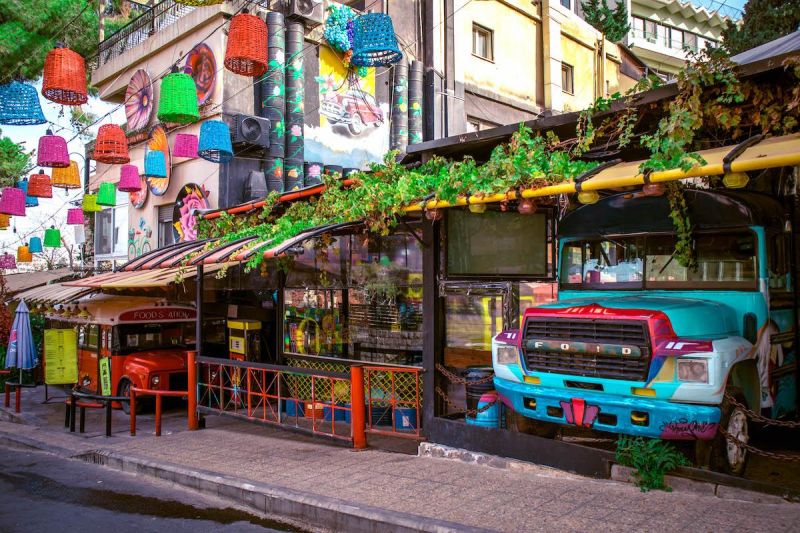
Image by Maria Geller via pexels.com 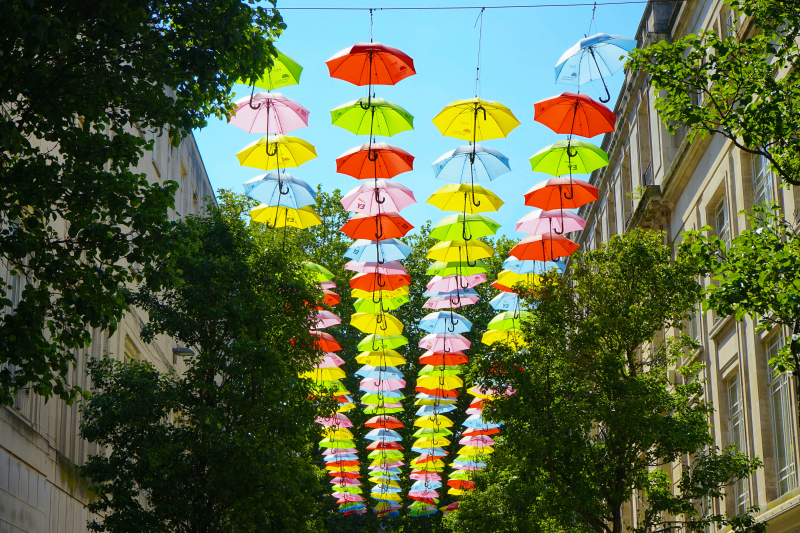
Image by Mike B via pexels.com












